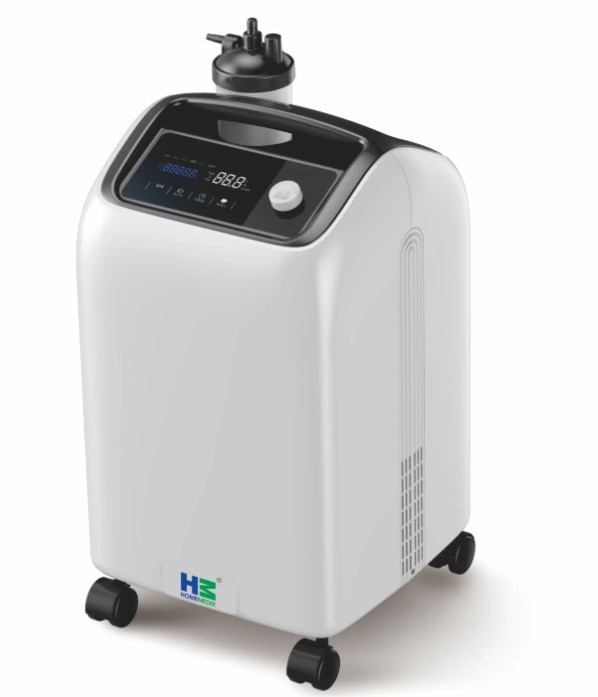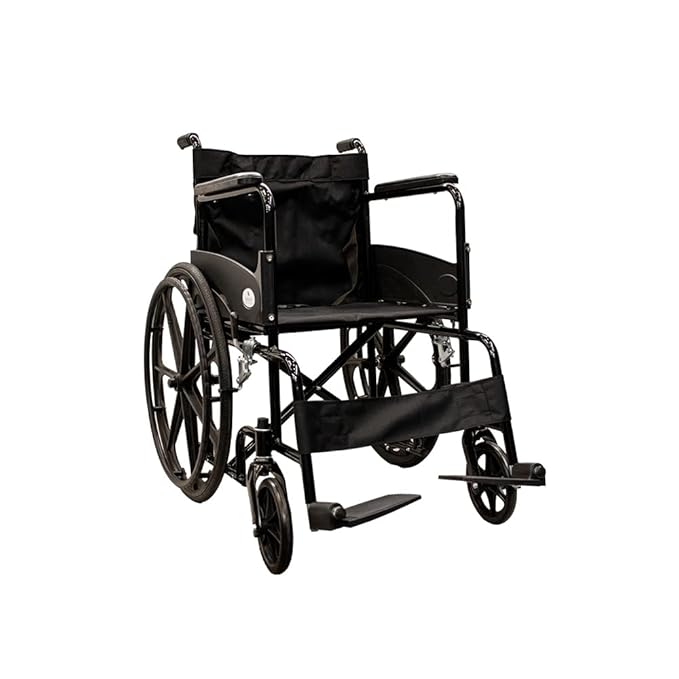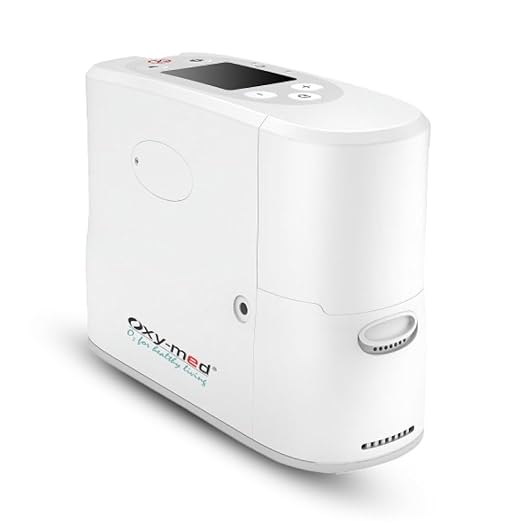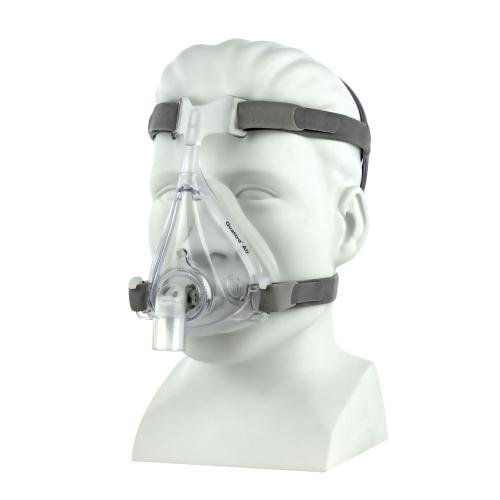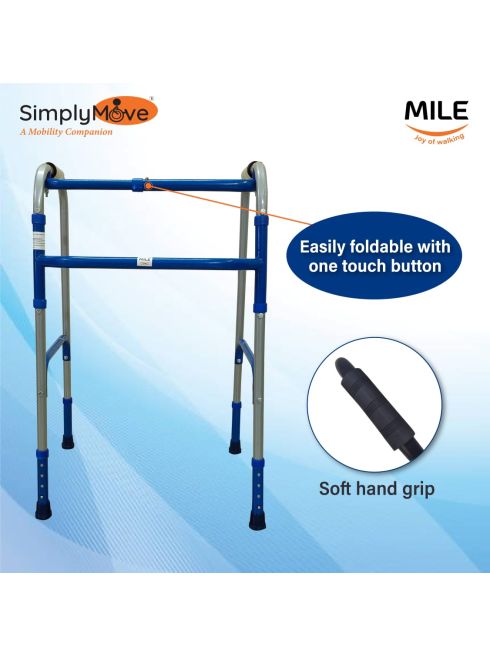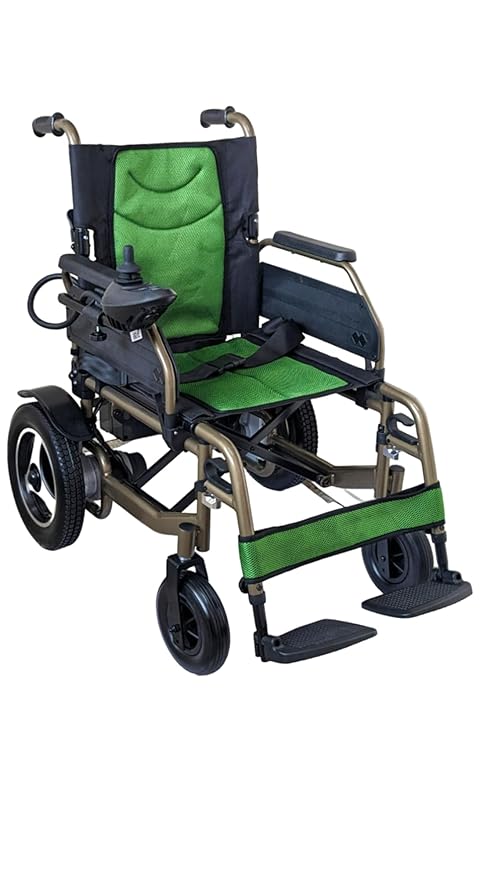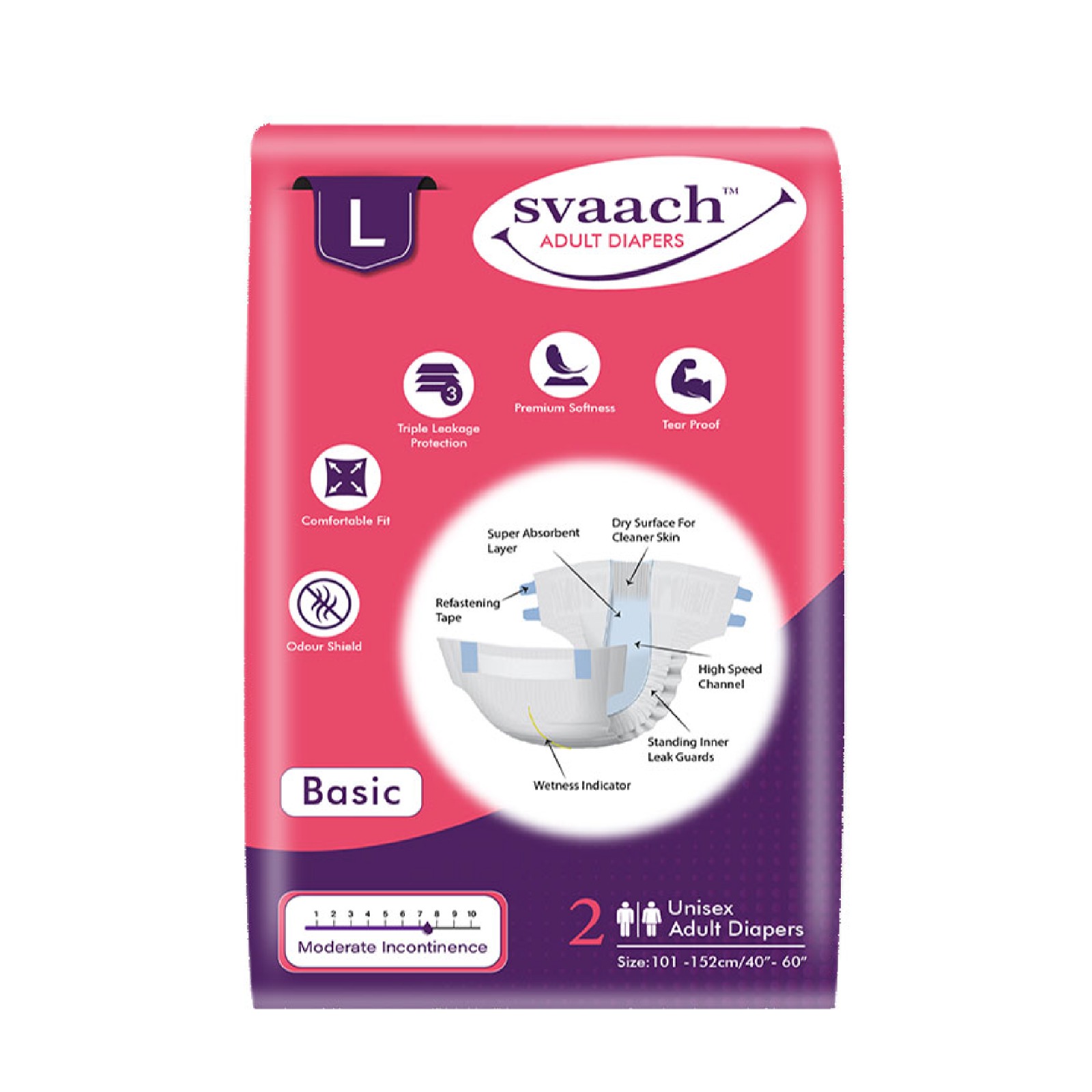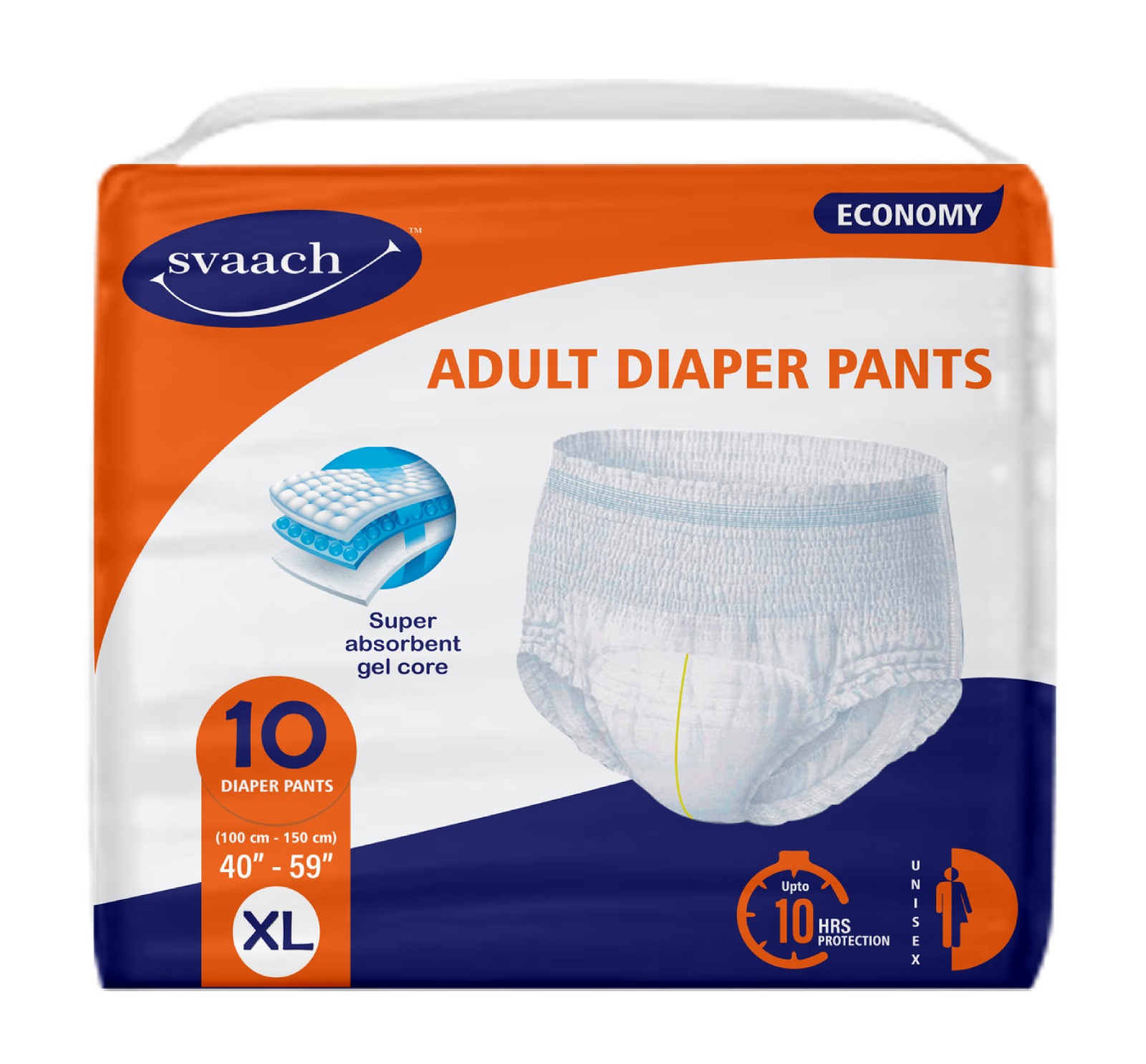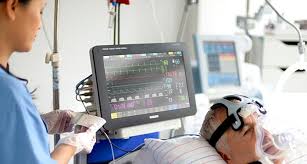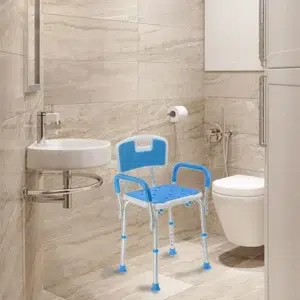One of the biggest complications COVID-19 patients in India are experiencing right now is oxygen deprivation and shortness of breath. Stress on the hospital admission faculties and shortage of beds in hospitals has led many people to buy oxygen cylinders for use at home.
According to many studies, the percentage of COVID-19 patients who require oxygen support is only 10%, which, if not given, leads to severe health complications and even death.
This article explains some important aspects of oxygen cylinders, how they work, and their safety concerns.
Why is Oxygen Support Important for COVID-19 Patients?
The lung function is greatly influenced by the coronavirus, which spreads inflammation in vital organs of the body. A dip in saturation level and fluctuations in oxygen levels are the results of COVID-19 infection. Patients gasp for breath when the supply of oxygenated blood flowing in the body is reduced because of the inflammation of respiratory tract and lungs because of the COVID-19 infection. (1)
Symptoms related to a reduced supply of oxygen in patients with COVID-19 include:
- Being unable to stand at a stretch
- Weakness and fatigue
- Difficulty breathing (Shortness of breath)
- Congestion
- Chest pain
- Discoloration of the face and body
- inability to complete sentence while speaking (2)
The oxygen saturation levels of a patient drop when the coronavirus causes inflammation. When the saturation level drops to 93%, this is when oxygen therapy is needed, and this is where the oxygen cylinder comes in.
What is an Oxygen Cylinder?
Oxygen cylinders are special equipment designed to provide oxygen to the COVID-19 patients for more than 8 hours a day. The set-up of oxygen cylinders needs expertise because oxygen burns things more easily. There are different types of oxygen cylinders with various capacities. For example, D-type cylinders are larger cylinders because they are used in hospital settings. When a D-type cylinder releases oxygen, the pressure of oxygen is limited because of the presence of valves in the gas delivery pipeline.
Non-clinical settings make use of smaller cylinders with built-in valves. These built-in valves do not carry oxygen at very high pressure and are capable of controlling the uncontrollable and sudden release of gas. Whether you use larger cylinders or smaller ones, safety precautions are important. (3)
Oxygen cylinders are the most useful when:
- A patient has dyspnea (extreme shortness of breath)
- A patient has acute respiratory distress syndrome or pneumonia.
- A patient has hypoxia. Hypoxia is a condition when a patient has oxygen deprivation at the tissue level. (4)
How does an Oxygen Cylinder Work?
Oxygen cylinders store oxygen by either keeping it under pressure or storing it in a cryogenic storage tank. Oxygen cylinders contain different parts to provide breathing oxygen to COVID-19 patients:
- An oxygen tent
- Nasal cannula
- Oxygen mask
- Hyperbaric oxygen chamber
- Full face diving mask
Oxygen cylinders reduce the risk of fire by keeping oxygen “clean and compatible” under moderate pressure. (5)
Why is it Important to Use Oxygen Cylinders with a lot of Caution?
Oxygen cylinders should be used correctly followed by safety precautions; otherwise, oxygen can be dangerous. Things can burn or even explode because of oxygen under high pressure. You can reduce the potential risks by following the safety guidelines:
- You should use an oxygen cylinder only when your physician prescribes it.
- Heat sources, such as lighters, matches, firearms, heat ducts, fireplaces, stoves, and radiators, should be kept away from oxygen cylinders.
- Always put your oxygen cylinder in a cart or stand while using.
- Do not use petroleum products (Vaseline), hair sprays, paints, and oil-based lotions or face creams while using an oxygen cylinder. (6)
- When you’re using an oxygen cylinder, do not permit burning tobacco, sparks, or open flames in the room.
- As it is normal for the oxygen to leak in small amounts, it is recommended to place your oxygen cylinder in a well-ventilated place. If there’s no vent in your closet, avoiding placing the oxygen cylinder there.
- If you want to use the oxygen cylinder near your bed, it is crucial to ensure that the circulating air does not interfere with the bed covers.
- To avoid infection, it is essential to change the nasal cannula of your oxygen cylinder every 2-4 weeks. (7)
References:
- Coronavirus: For how long does a COVID-19 patient require oxygen therapy? How does it help? – Times of India [Internet]. The Times of India. [cited 2021 May 29]. Available from: https://timesofindia.indiatimes.com/life-style/health-fitness/health-news/how-long-oxygen-support-required-for-covid-19-coronavirus-for-how-long-does-a-covid-19-patient-require-oxygen-therapy-how-does-it-help/articleshow/82769525.cms
- Dondorp AM, Hayat M, Aryal D, Beane A, Schultz MJ. Respiratory Support in COVID-19 Patients, with a Focus on Resource-Limited Settings. Am J Trop Med Hyg. 2020 Jun;102(6):1191–7.
- Why It’s Important To Use Oxygen Cylinders With A Lot Of Caution [Internet]. 2021 [cited 2021 May 29]. Available from: https://www.news18.com/news/opinion/why-its-important-to-use-oxygen-cylinders-with-a-lot-of-caution-3723428.html
- Rees PJ, Dudley F. Provision of oxygen at home. BMJ. 1998 Oct 3;317(7163):935–8.
- How Oxygen Cylinder Works? – Compass Medical [Internet]. [cited 2021 May 29]. Available from: https://www.compassmedical.com.my/2020/02/10/how-oxygen-cylinder-oxygen-tank-works/
- Oxygen Cylinder Safety – WHA International, Inc. WHA International, Inc. [Internet]. [cited 2021 May 29]. Available from: https://wha-international.com/oxygen-cylinder-safety/
- Oxygen Use Precautions [Internet]. [cited 2021 May 29]. Available from: https://www.cincinnatichildrens.org/health/o/oxygen-precautions


